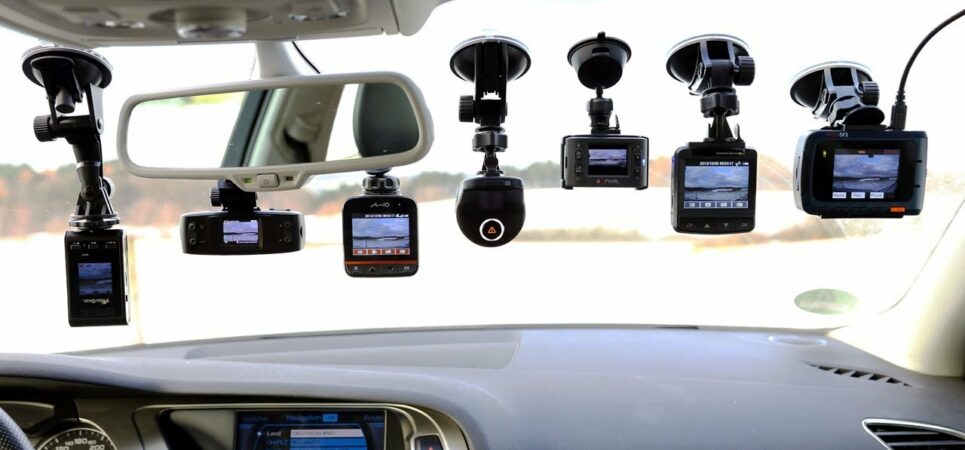Video recording has become a mainstay in everyday life; whether it’s using a GoPro or your smartphone, videos are being taken and shared all day across the globe. However, this is not limited to social media, news, or even special events. The newest addition to the scene is dashcams. They have become increasingly popular on today’s roads for many reasons. Not only the average Joe, but also law enforcement agencies use them for capturing video evidence of criminal activity. Taxi companies use dashcams to monitor employees and improve customer service. Among social media users, dashcams have been used to share the craziness of other drivers to the world. Such videos are very popular on YouTube and dashcam forums and are often the spectacle of shock and amazement.
In terms of the technology, it should come as no surprise that the more they are used, the more advancements are made to the dashboard cameras. Whether you already own one or are in the market for purchasing a new one, it’s good to know what solutions exist for capturing video data while driving. For this, our experts can help and advise you further. Dashcam devices and types can be broken down into various categories, which we will discuss in depth within this article:
The Traditional Dash Camera
 This is specifically built for use in a car, truck or SUV. It can be mounted along the dash or even attached to the upper part of the front windshield. Check our recommendations on the best mounting position for more information on this topic.
This is specifically built for use in a car, truck or SUV. It can be mounted along the dash or even attached to the upper part of the front windshield. Check our recommendations on the best mounting position for more information on this topic.
The traditional dashcam, of course, has a singular use of being placed in a vehicle. It functions by recording video of what occurs in front of the car while driving. You can also pick up something called a dashcam with parking mode (for example the WheelWitness HD Pro), which will detect and record footage if the vehicle is struck when unoccupied and stationary. Some have a feature that can record what is going on inside and outside of the car at the same time, known as a dual camera dash cam such as the KDLINKS DX2. Typically, the power source for dashcams is wired directly into the car. It powers on when the car turns on and starts recording automatically. Also known as in-car DVR’s because they save to storage, these types of camera use a removable storage media, which are most often micro SD cards. Most dash cameras such as the Rexing V1 have a feature called loop recording, so no need to worry about ever running out of storage capacity, it merely gets overwritten.
The benefit is that you can install these dash cameras and then completely forget about it unless you need it to retrieve footage of course. Dashcams these days also have the added benefit of GPS which can come in handy. For example, two from our best dash cam 2020 list have a built-in GPS, but the other three require modules.
Rear View Mirror Dash Cam
Every dashcam exists to record footage, and most of them have a similar set of key features as mentioned above. However, there is another type known as a rear view mirror camera (see the below image). These are clever in design because they are discreet and unobtrusive. A rear view mirror dash cam comes in the shape of a rearview mirror, and clips onto or over the existing mirror in the car cabin. That way it doesn’t restrict the drivers forward vision or cause distractions because it functions merely as the current rear view would, but has a built-in camera at the same time. These are very popular for cars and SUV’s, but no use for trucks due to lack of a windscreen mounted mirror.





Leave a Reply
You must be logged in to post a comment.